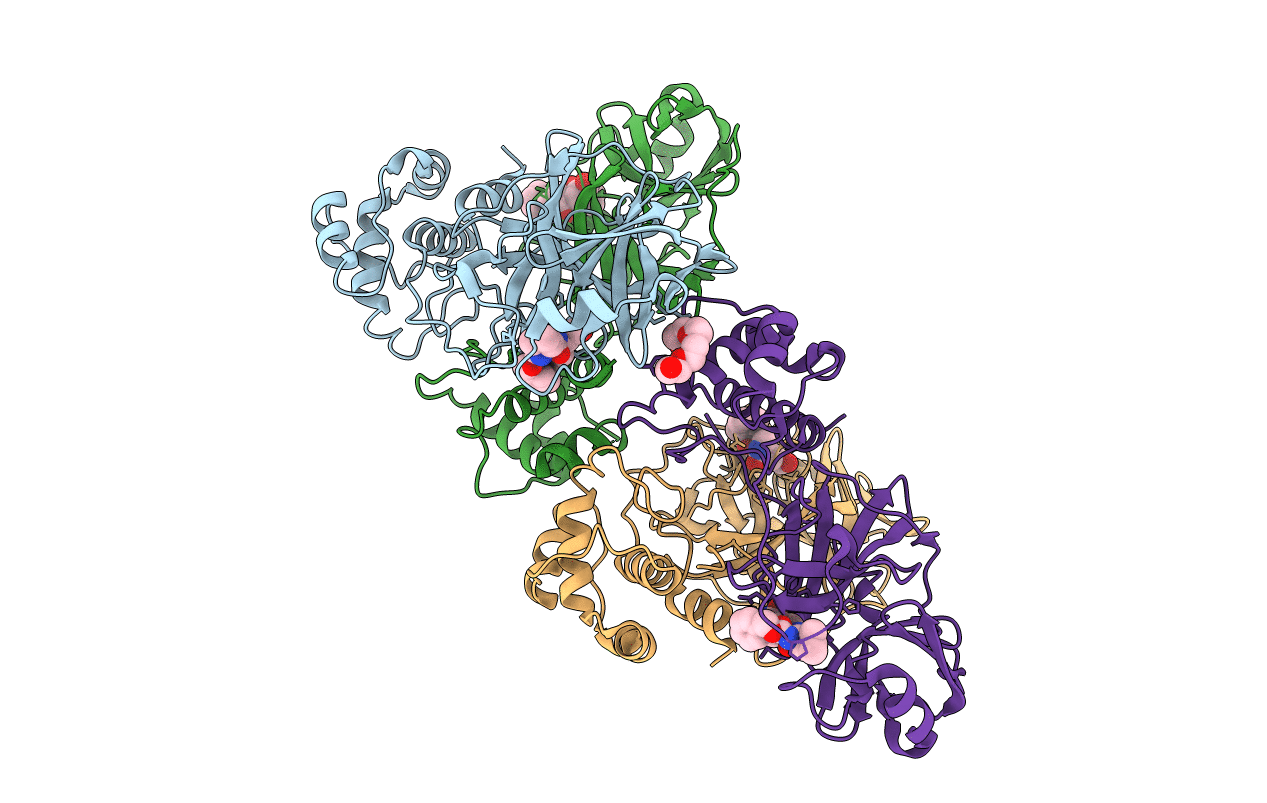
Deposition Date
2012-05-10
Release Date
2012-09-05
Last Version Date
2024-10-30
Entry Detail
PDB ID:
4F49
Keywords:
Title:
2.25A resolution structure of Transmissible Gastroenteritis Virus Protease containing a covalently bound Dipeptidyl Inhibitor
Biological Source:
Source Organism:
Host Organism:
Method Details:
Experimental Method:
Resolution:
2.25 Å
R-Value Free:
0.24
R-Value Work:
0.18
R-Value Observed:
0.18
Space Group:
P 1 21 1


